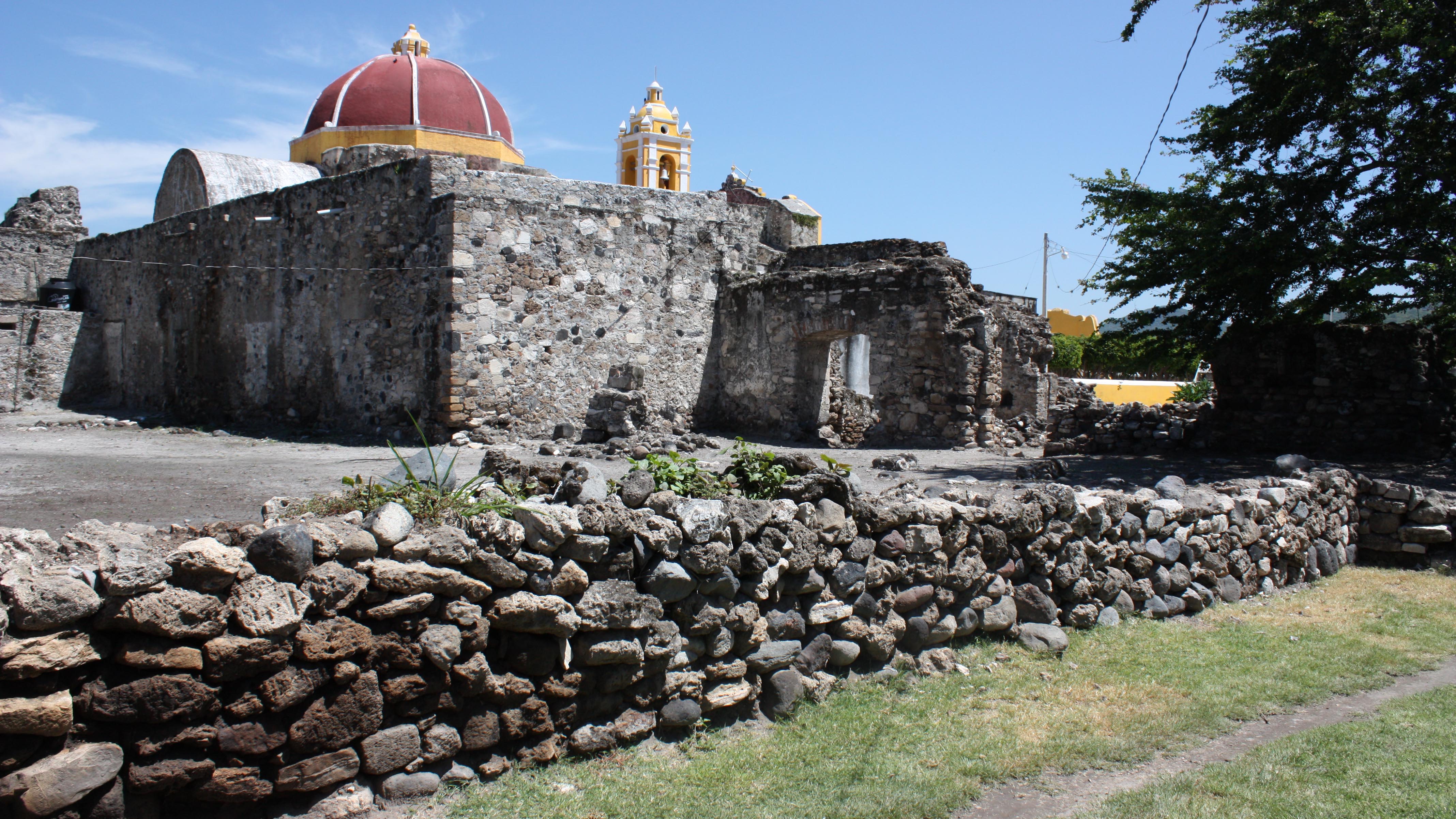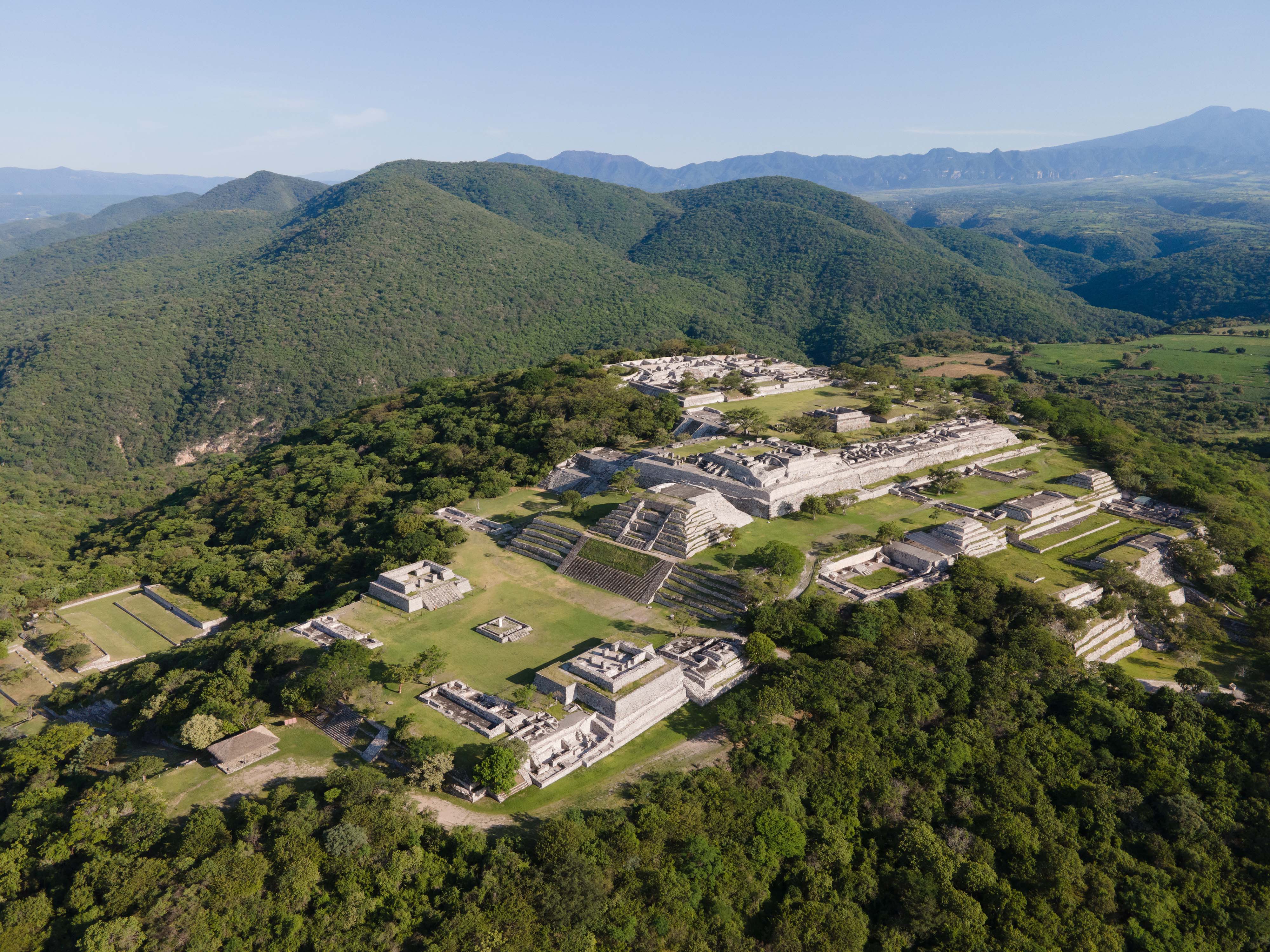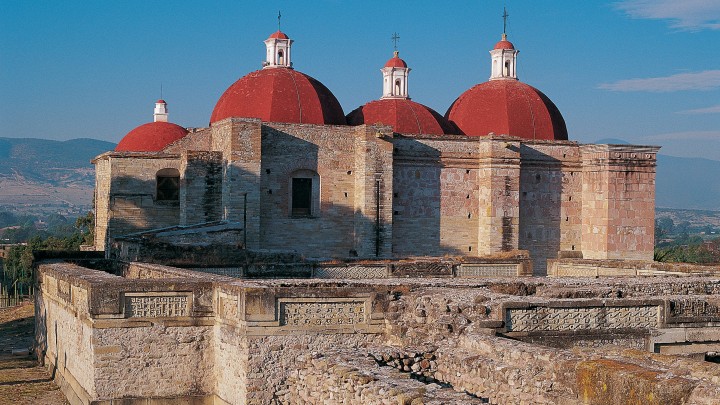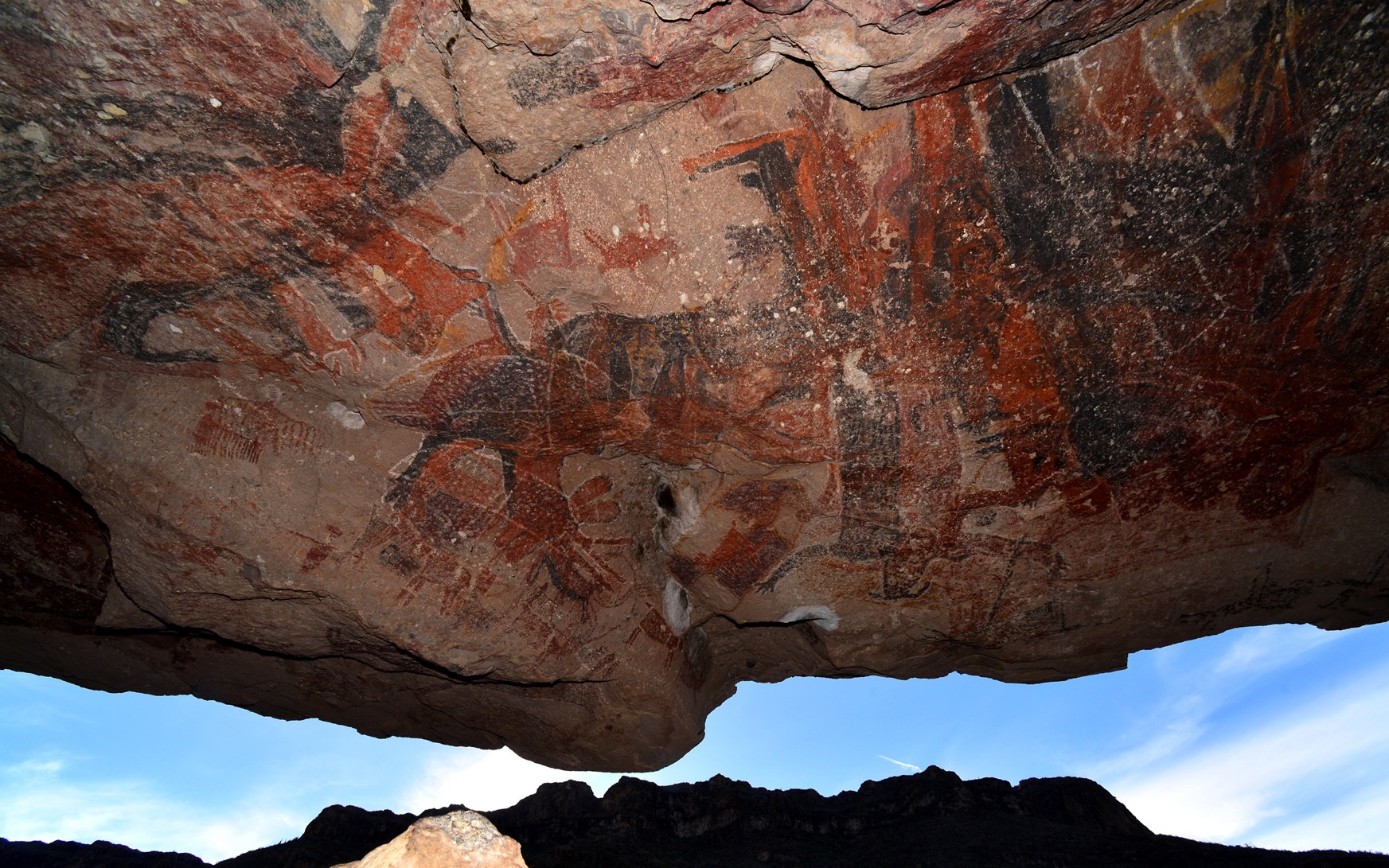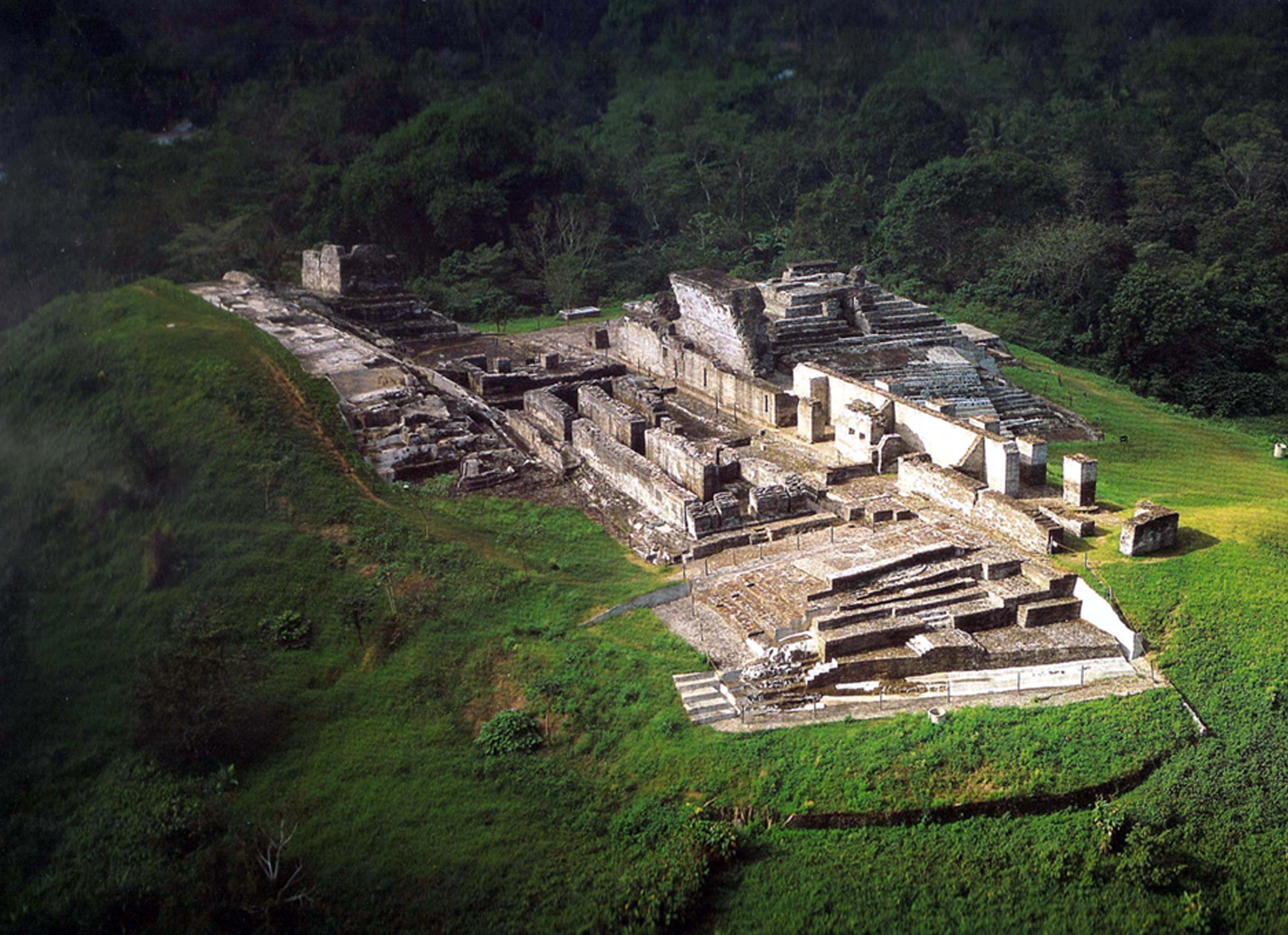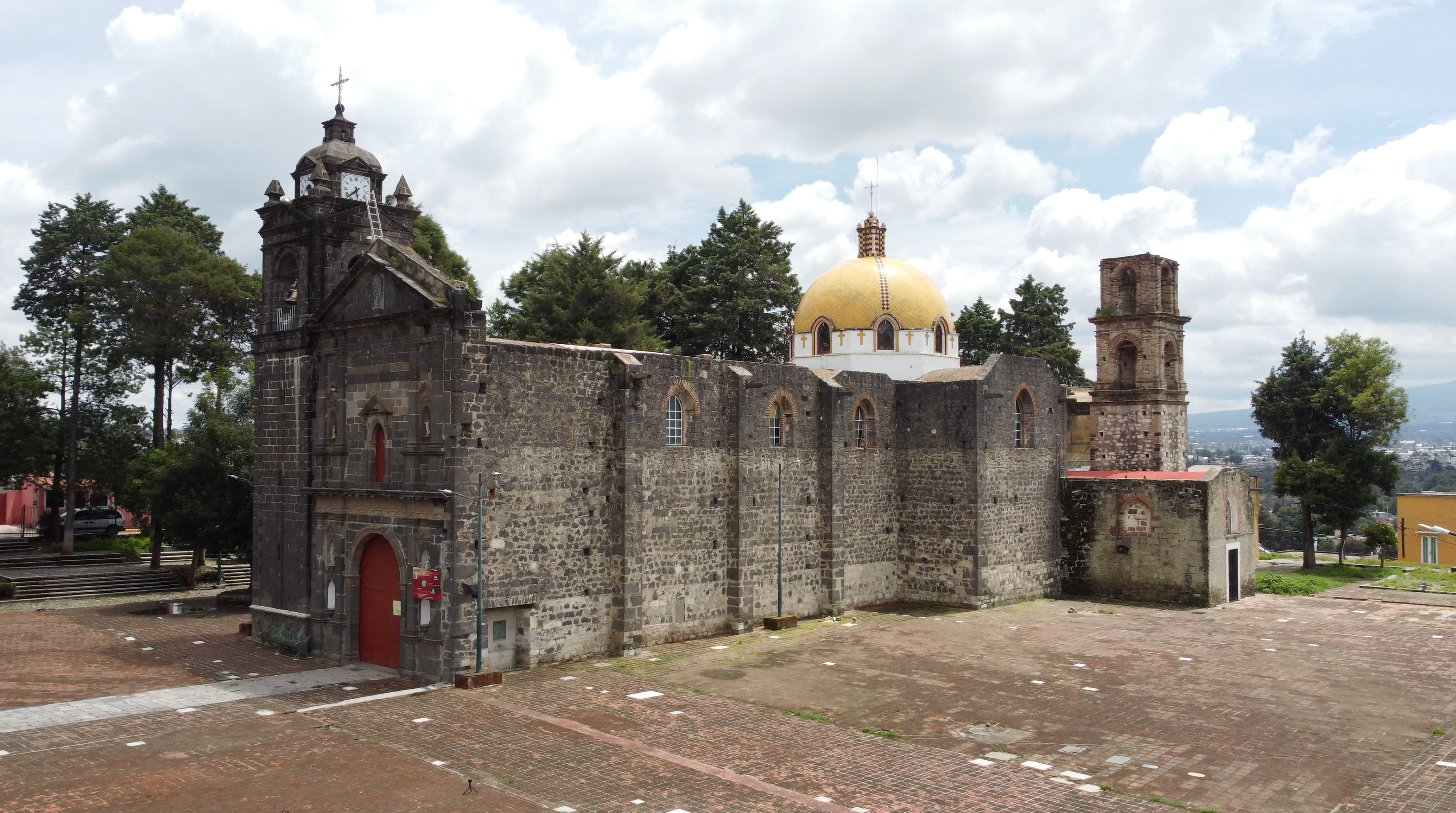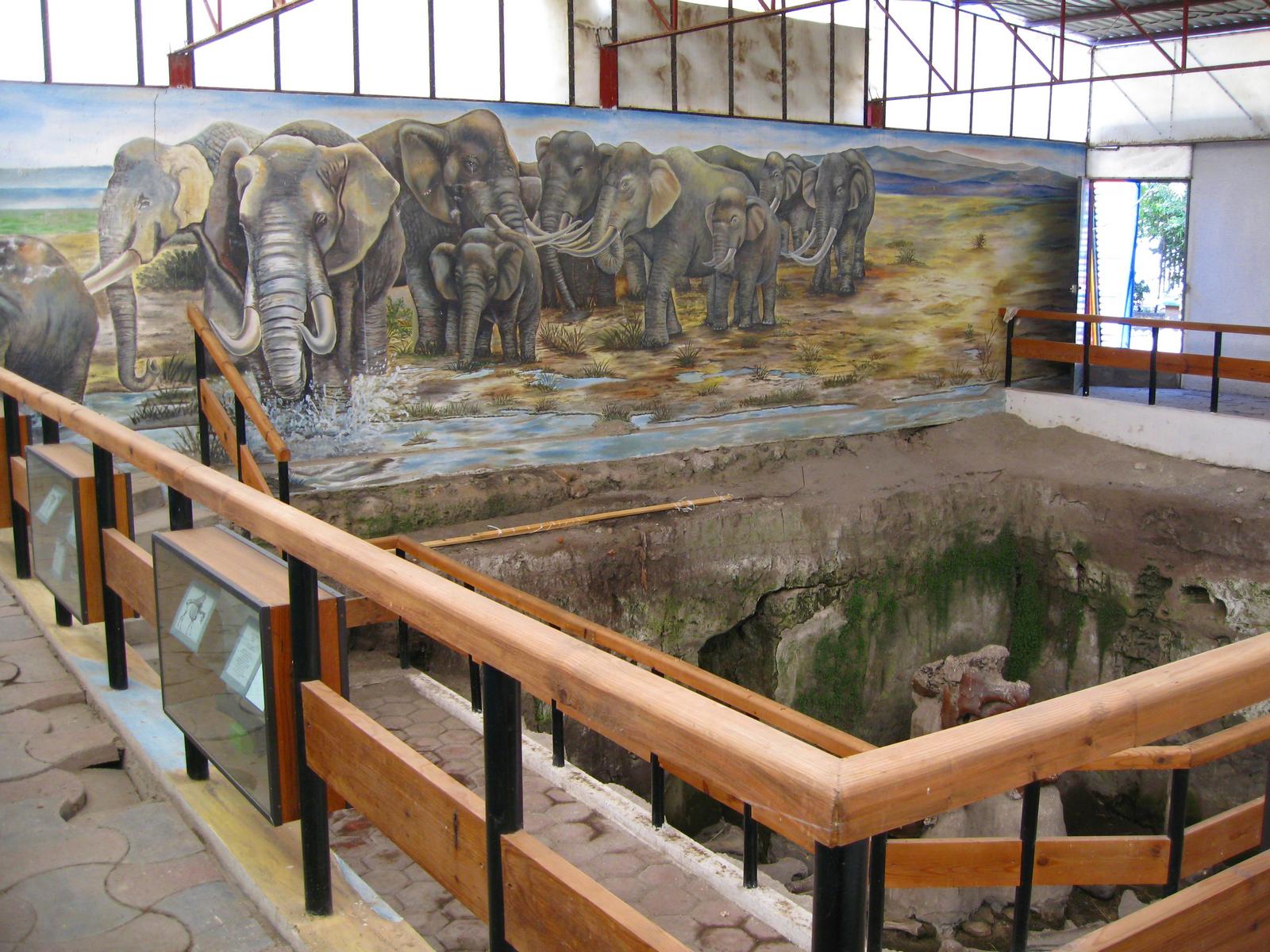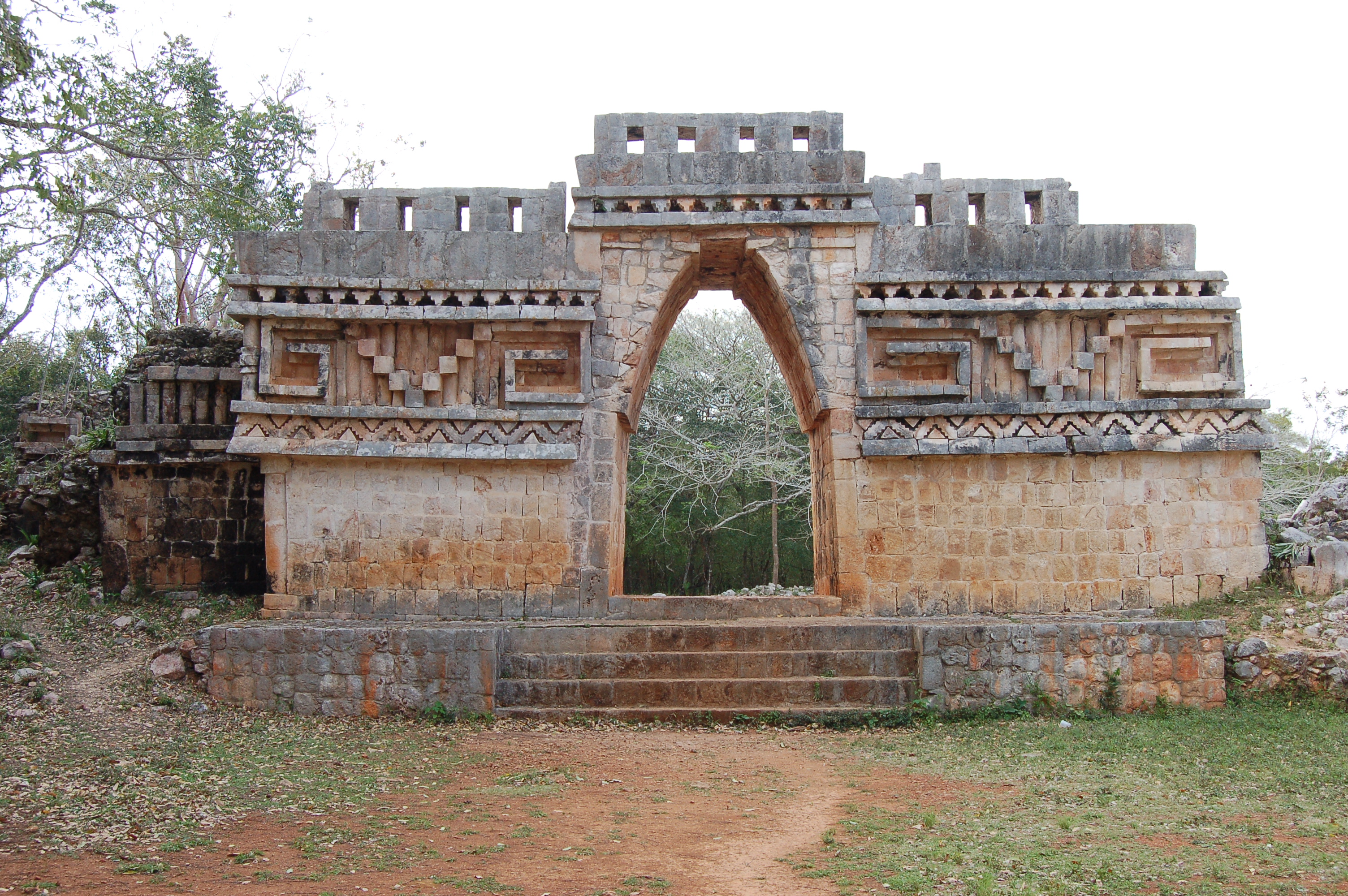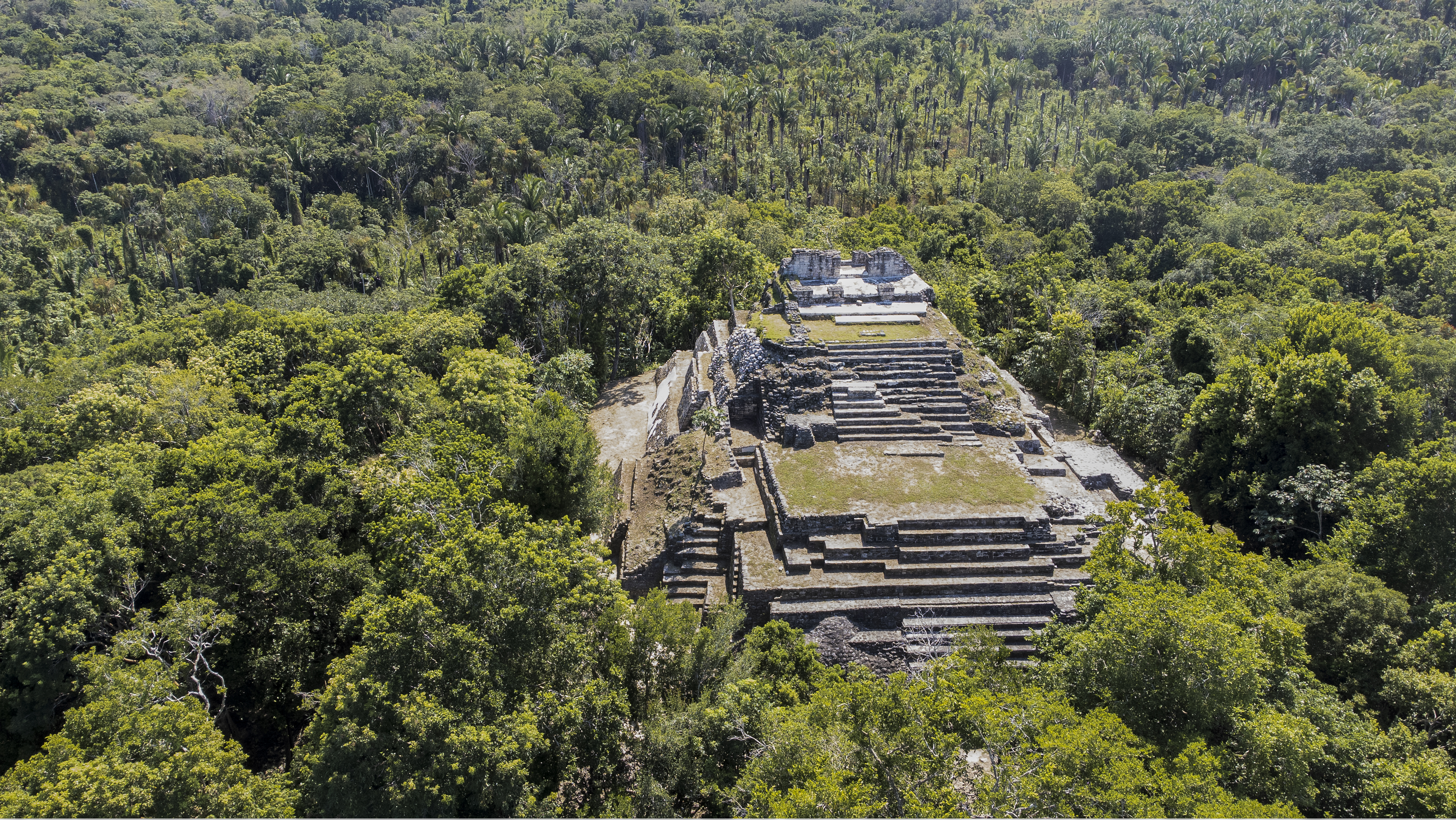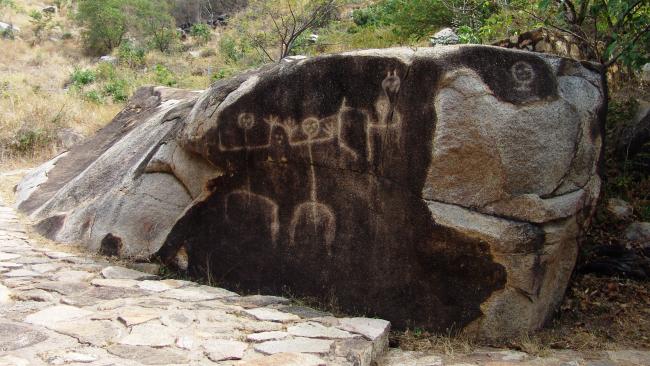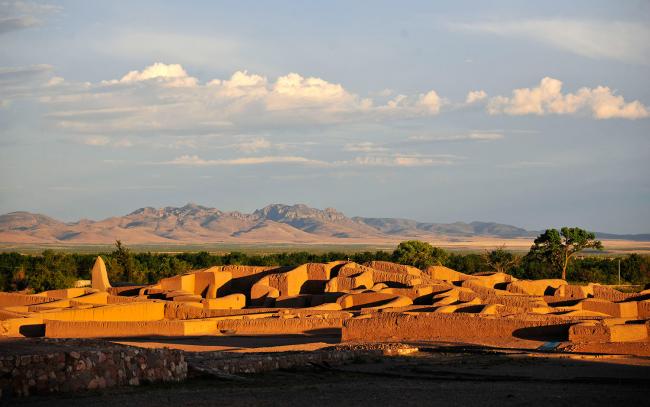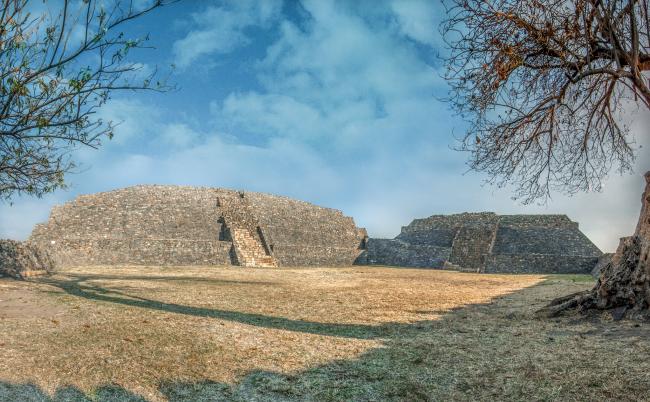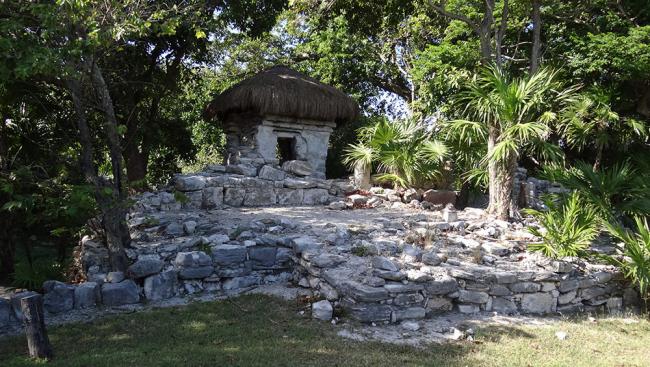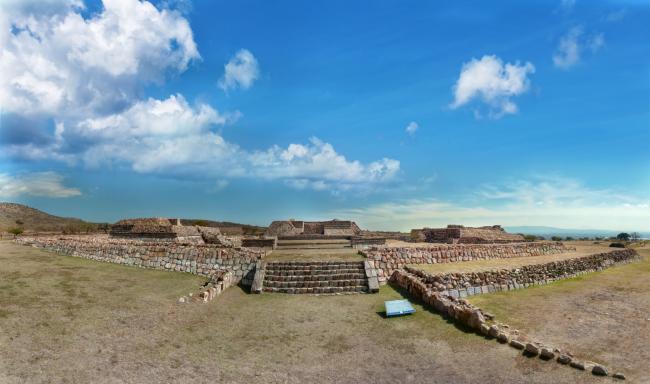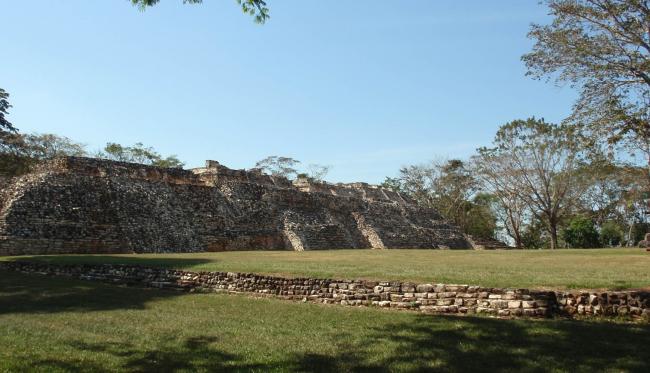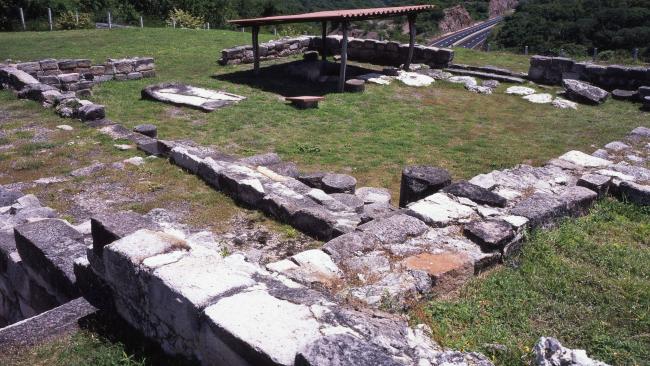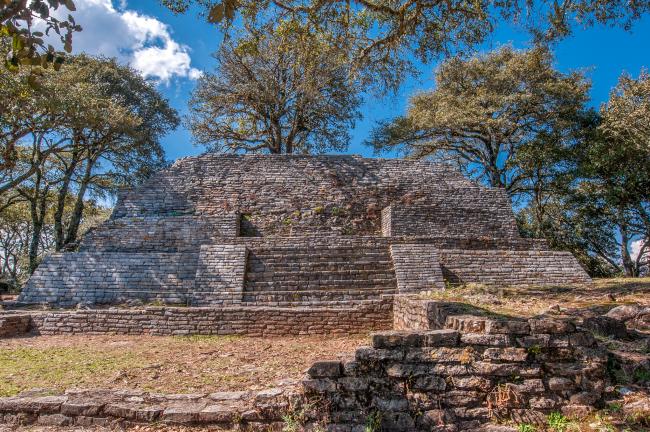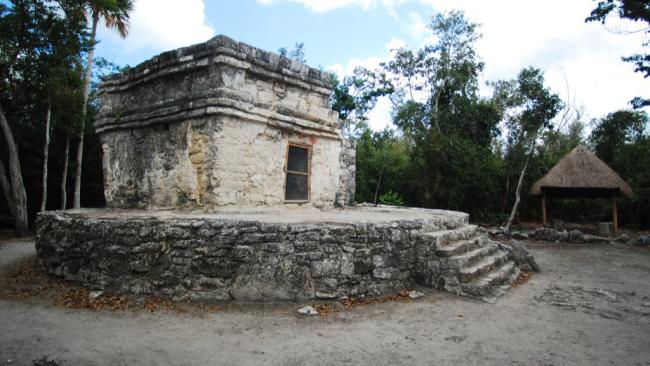
Zonas Arqueológicas
Palma Sola
Ceremonial center of the ancient inhabitants (800 BC-750 AD) of the heights above Acapulco bay, in the state of Guerrero, with 18 impressive carved rocks depicting myths, personages, the natural environment, agricultural cults and the measurement of time.
Paquimé
This site is famous for its adobe constructions and its T-shaped doors, which demonstrates the architectural skills of its ancient inhabitants. Toward the west of the city there is a row of structures built with stone and mortar which were probably coated in painted lime, and functioned as a…
Peralta
One of the largest sites in the Bajío region (330-750 AD), there is still a mystery about the ethnic origin of the people who inhabited it. The magnificent architecture is monumental, suggesting a ceremonial center.
Playa del Carmen (Xamanhá)
One of the first Mayan settlements seen by the Spanish conquistadors in 1518, opposite to the island of Cozumel. Its Maya name means “water from the north.” There are eight groups of small buildings lined up between the beach and the jungle; there are fragments of paint and one of the last Mayan…
Plazuelas
One of the most complex cities of the region, found in the southern foothills of the Pénjamo Range. It stands out because of its integration with the countryside (it was carefully built to preserve the harmony of its surroundings). Plazas, palaces, sculpture and thousands of splendid stone…
Pomoná
Rich stelae, sculptures, tablets, and hieroglyphic inscriptions allow us to learn about its governors and the relations it had with other cities in the region. An independent political entity (600-800 AD), it played a vital role in the trade along the Usumacinta River.
Querende (Cuetlajuchitlán)
Inhabited for 900 years from 600 BC by Olmec and Mezcala culture people. It is constructed with long stone blocks forming plazas, places of worship and a water supply system. A modern highway was forced to go through a 160 foot deep tunnel to avoid damaging the site.
Quiahuiztlán
A Totonac settlement (900-1521 AD), with a marvelous view of the coastal plain. It came under the control of the Toltecs first and later the Mexica. In turn a city, a cemetery (78 tombs were found) and a fortress. This was where Hernán Cortés formed an alliance in order to conquer the Tenochca…
Ranas
Its strategic geographic location allowed it to control trade routes, as well as to exploit the great diversity of ecological and mineral resources found in the region.
Rincón Colorado
This paleontological zone has revealed remains of dinosaurs from the Late Cretaceous period, approximately 72 million years ago. They include fossils that have led to the discovery of new species and new genres of dinosaurs that are unique in the world. For example, the Velafrons coahuilensis…
San Felipe de los Alzati
An important control point for protection of the Purépecha territory at the border with the Mexicas, populated by the Otomies, their allies, situated on top of the Zirahuatohill and adjoining mountains. Elegant remains of their constructions in the midst of a natural green area.
San Gervasio
The principal Maya city on the island of Cozumel, founded 17 centuries ago, it was part of the intense trade and political network of Chichen Itza. The housing and religious complexes explored to date, together with the altars and pyramids, testify to its importance.

